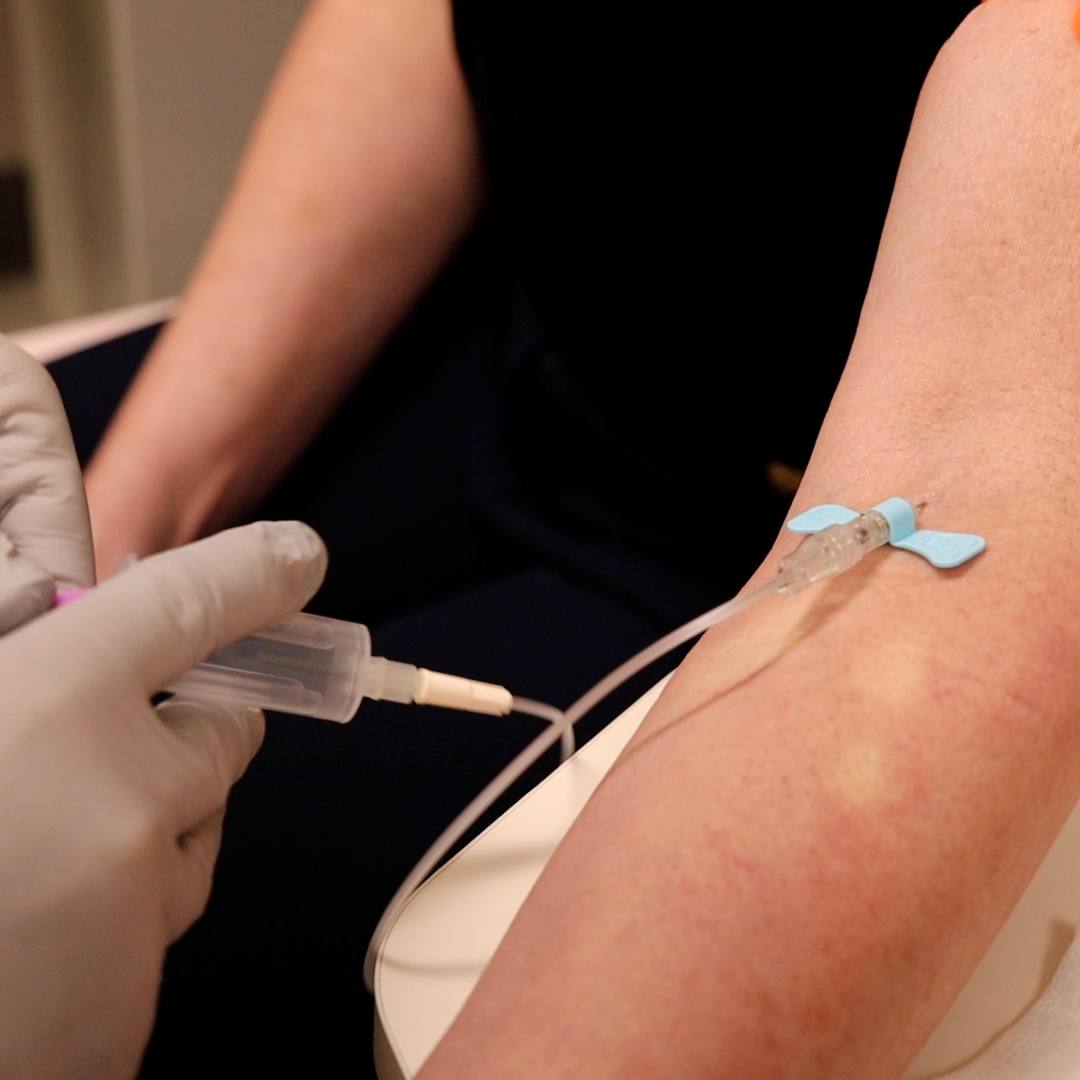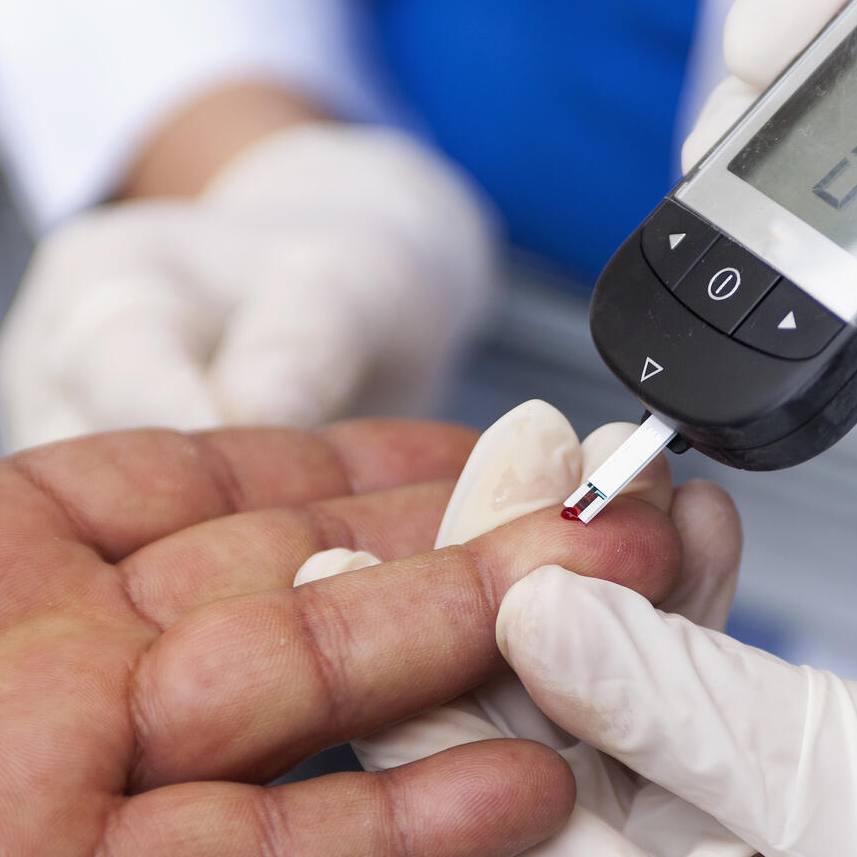-
Arizona
Mayo Clinic Largest in Arizona for Pancreas Transplants
PHOENIX — Mayo Clinic in Arizona has completed more than 200 pancreas transplants since the program opened in 2003, performing the highest number of simultaneous kidney and pancreas transplants annually in Arizona.

The benefit of pancreas transplantation is normalization of blood sugar levels, thereby eliminating the need for insulin. In some cases, a pancreas transplant can slow the progression of diabetic complications.
Mayo Clinic's first pancreas transplant took place on July 17, 2003, and the 200th transplant took place on Nov. 23, 2011. As of Aug. 31, 2011, according to data collected by the Scientific Registry of Transplant Recipients (SRTR), Mayo Clinic in Arizona had performed 152 simultaneous kidney/pancreas transplants and 41 pancreas transplants in the form of pancreas transplant alone, or pancreas-after-kidney transplant.
Only two other medical centers in Arizona perform pancreas transplants, with Mayo doing the most simultaneous kidney/pancreas transplants. In 2010, Mayo Clinic in Arizona was the second largest transplant center in the U.S. performing simultaneous kidney/pancreas transplants.
Mayo Clinic as a three-site organization (Arizona, Florida and Minnesota) has performed pancreas transplants for more than 20 years for patients having complex diseases such as diabetes. The first pancreas transplant (a simultaneous pancreas/kidney) was performed on Dec. 16, 1987, at Mayo Clinic in Rochester, Minn. Since then, a total of 403 pancreas transplants have been completed. At Mayo Clinic in Florida, 147 pancreas transplanted have been performed since the program opened in 2000.
In Arizona, Mayo Clinic's one-year patient survival rate following pancreas transplant is 96 percent, and 85 percent for graft survival (survival of the transplanted pancreas). According to SRTR data released in July 2011, the average waiting time for a kidney/pancreas transplant at Mayo Clinic in Arizona was eight months, compared with 36 months in the region (Arizona, California, Nevada, Utah and New Mexico) and 14 months nationally. Shorter waiting time has been linked to better patient survival after transplant.
A simultaneous kidney/pancreas procedure has benefits for patients with Type 1 diabetes whose kidneys have failed and who require dialysis. Patients may also receive a pancreas transplant following a successful kidney transplant. Solitary pancreas transplants are done for patients with early or no kidney disease, but who may have labile diabetes (quick swings in blood glucose from high to low and back) with difficult-to-control blood sugars, despite the best medical management — usually associated with hypoglycemic episodes and loss of hypoglycemic awareness.
Media Contact: Lynn Closway, Public Affairs, 480-301-4222
Related Articles







